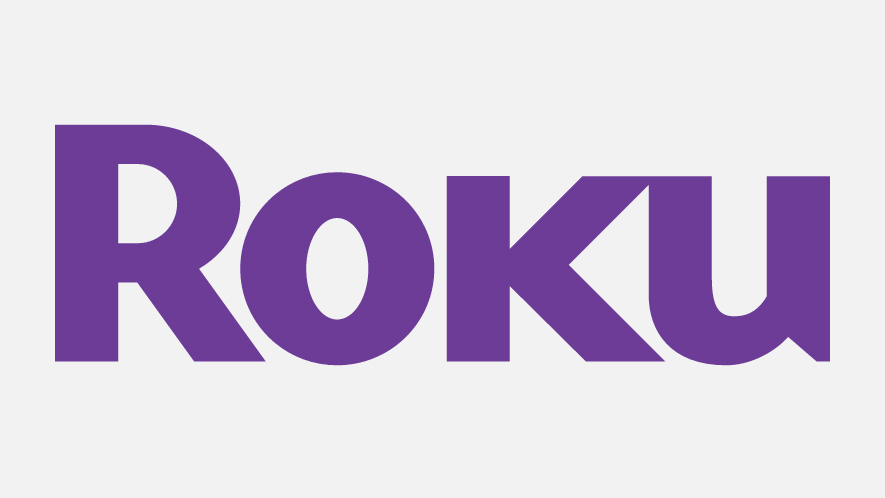The hybrid work schedule is the latest office craze, but one that is likely to stick around. As companies call their teams back into the office post-pandemic, some are losing their employees to organizations that have adopted a remote or hybrid model instead.
In fact, 55 percent of US workers prefer to work remotely at least three days a week. Lucky for them, 74 percent of US companies have or plan to implement a permanent hybrid work model that would allow them to do just that.
To reduce attrition and attract the brightest and best candidates for your vacancies, your business needs something to stand apart from the rest. Consider these reasons you should follow the trend toward hybrid work schedules, and red flags to watch for as you do implement this new environment.
Greater Flexibility for Your Team Members
Your employees are likely to enjoy the hybrid or remote work environment because of the flexibility it provides them. They don’t have to wake up as early as they would have, had if they needed to commute. Their lunch breaks are completely free, so they can catch a quick nap, prepare a healthful lunch, or complete any other tasks they need to. They could never do these things while at the office!
Increased Productivity Without Sacrificing Team Dynamics
A recent study of 16,000 remote workers by Stanford found that performance can increase up to 13 percent simply by working from home.
Why is this? Perhaps it’s because your team members don’t have to commute to and from work each day, so they’re regaining time in their schedules to devote to getting more done. Or perhaps they’re striking a work-life balance to keep them focused.
Before the pandemic, American workers reported their commutes were an average of nearly 28 minutes one-way. By working remotely, they gain an hour per day to devote to something important. For many team members, that means not logging off right away at 5 p.m. For others, it means they’re able to focus more at work because they have more time for household tasks that they don’t feel pressured to do during the day.
Watch Out for Miscommunication
Early on in the hybrid model, your managers may notice a decline in the quality of communication between teams and team members. Often, this decline is either overcommunication to compensate for not seeing colleagues face to face, or misunderstandings between team members who are not accustomed to hearing from each other via typed messages on platforms such as Microsoft Teams, Slack, or Discord.
Company leaders should model good communication habits for their teams and others, including practicing check-ins, asking clarifying questions via an appropriate channel, or requesting video calls if they don’t understand the context of a typed message.
Be Wary of Your Own Management Style
When you don’t see your team members in person every weekday, you may find yourself increasing how often you’re checking in or reviewing your employees’ productivity. The impulse to micromanage, particularly as you make the initial transition to a hybrid or remote work schedule is common.
To help prevent this from happening, set one-on-ones with your direct reports at least once per month; you may start as frequently as one per week in the beginning. Be clear in your expectations, while remaining flexible for employees to attend short doctor appointments, shop for groceries on their lunch breaks, or another routine, quick tasks.
To help ensure that your team members are completing their expected number of work hours and getting their work done appropriately, you may wish to implement a self-reported time-tracking system. As long as your team members are working the right number of hours (and able to record at least six hours per work day of time on specific projects) and are getting their tasks done,
For Best Results, Include Your Employees in the Discussion
To get buy-in on your new remote or hybrid work schedule, including your team members in the decision-making process is a great way to engage them and promote a seamless transition.
Experienced change managers call this the “bottom-up perspective.” You can do this by listening to your employees as they express their concerns or interests. Breaking down the transition into manageable parts (called “chunking”), and being honest and transparent about why change is necessary, among other tactics are ways you can ensure your team is invested in maintaining high-quality productivity as you transition to a hybrid work model.
Working with an experienced change manager or hybrid work consultant can help your team adapt more quickly, for the good of your organization.





























